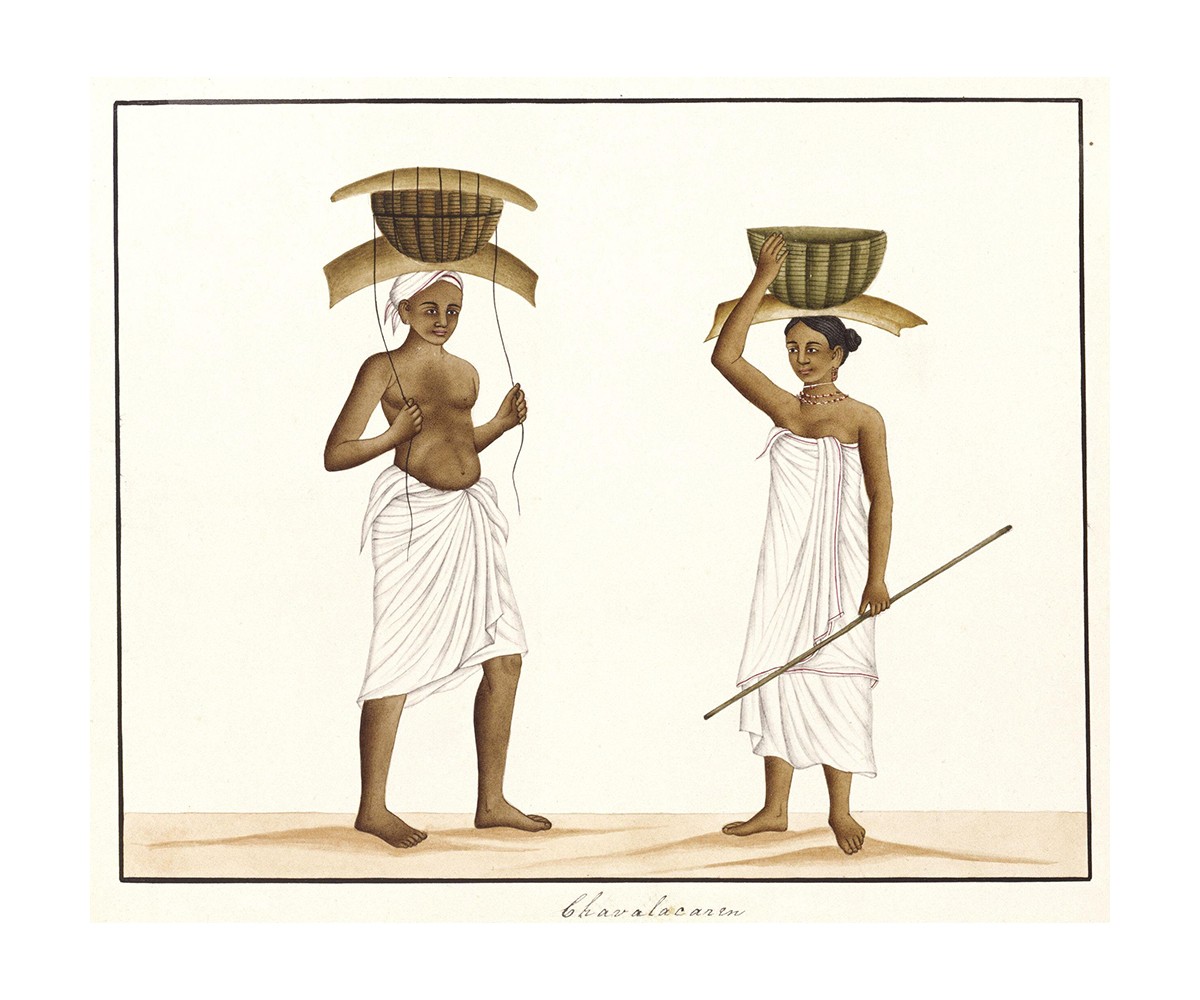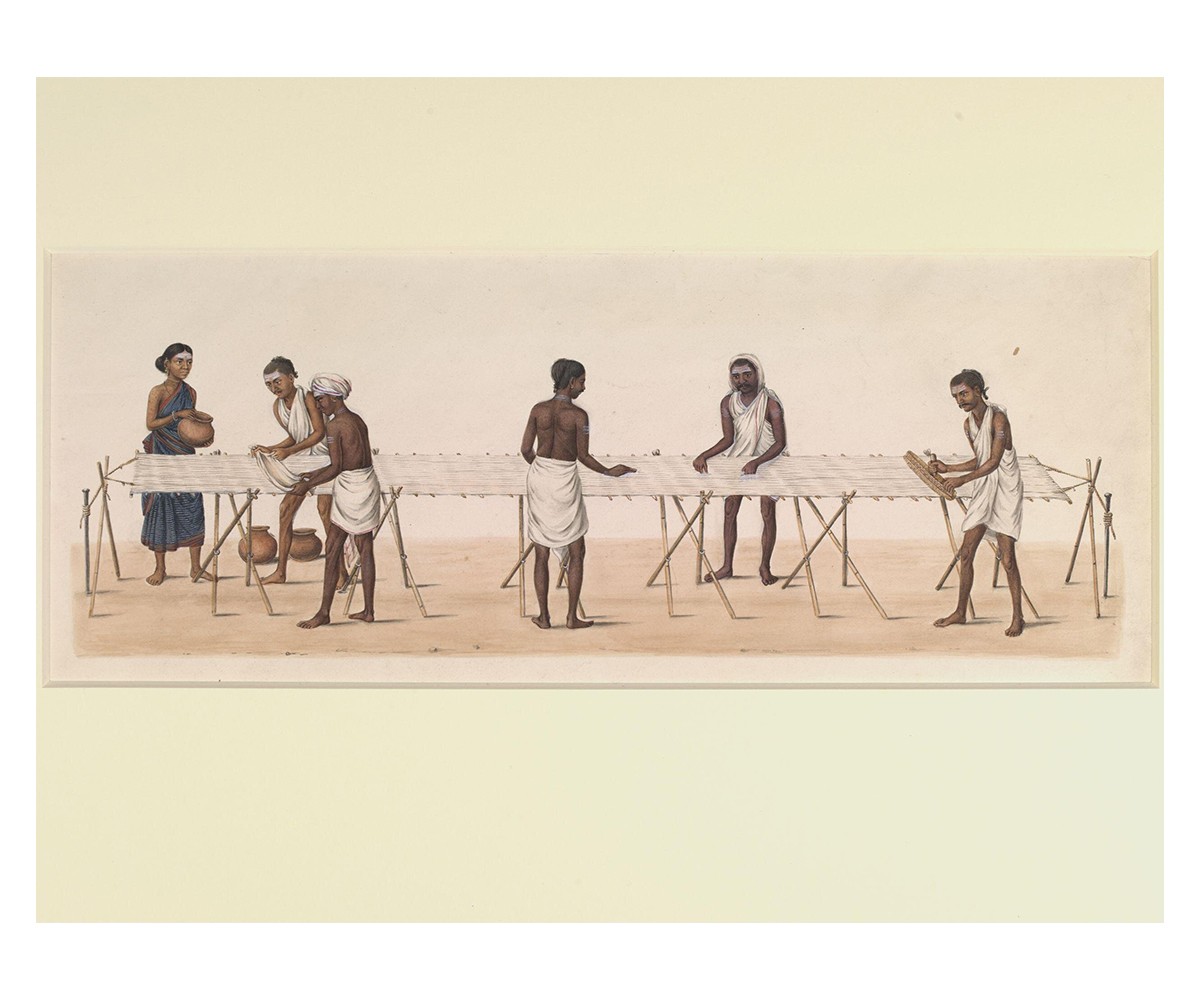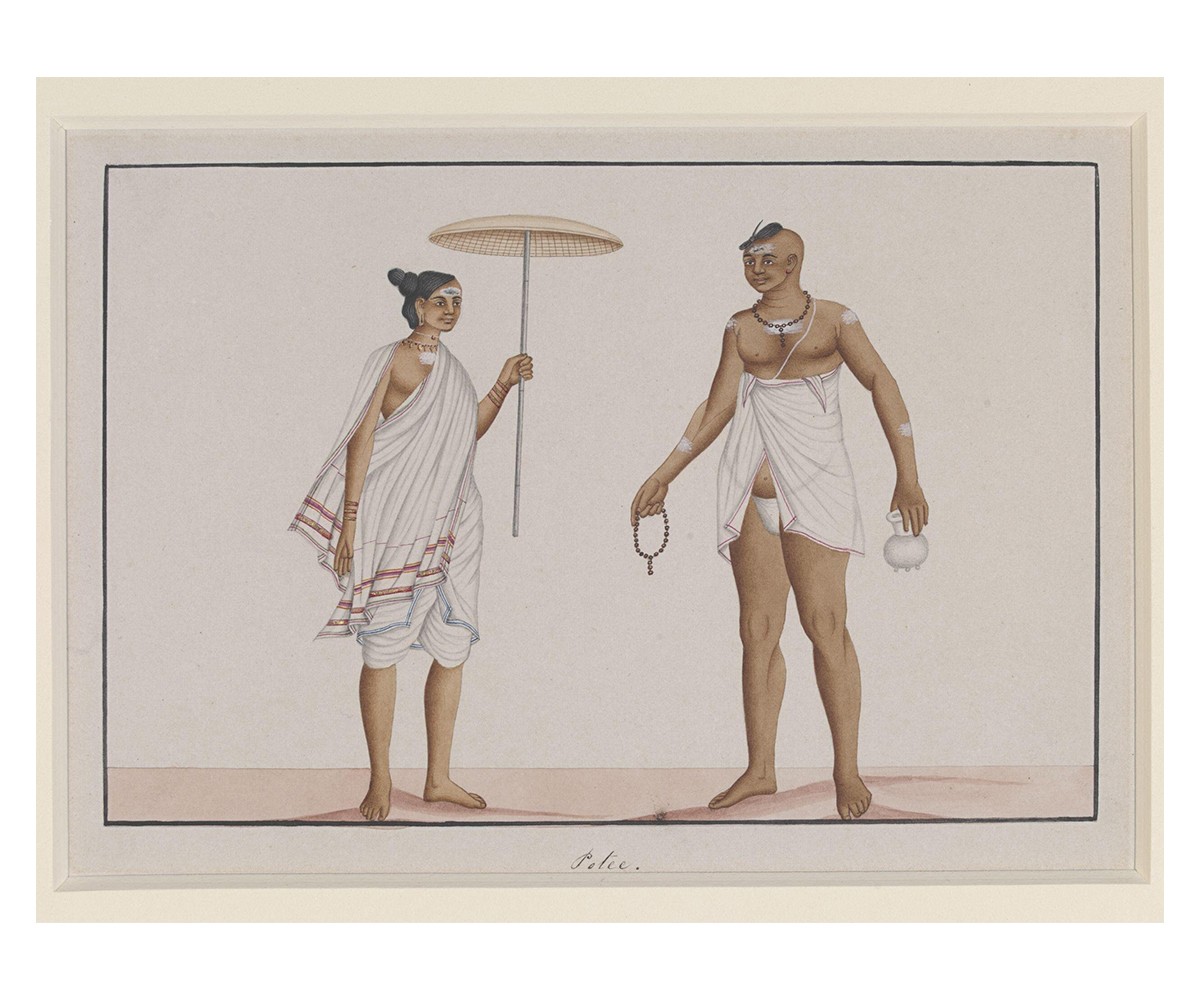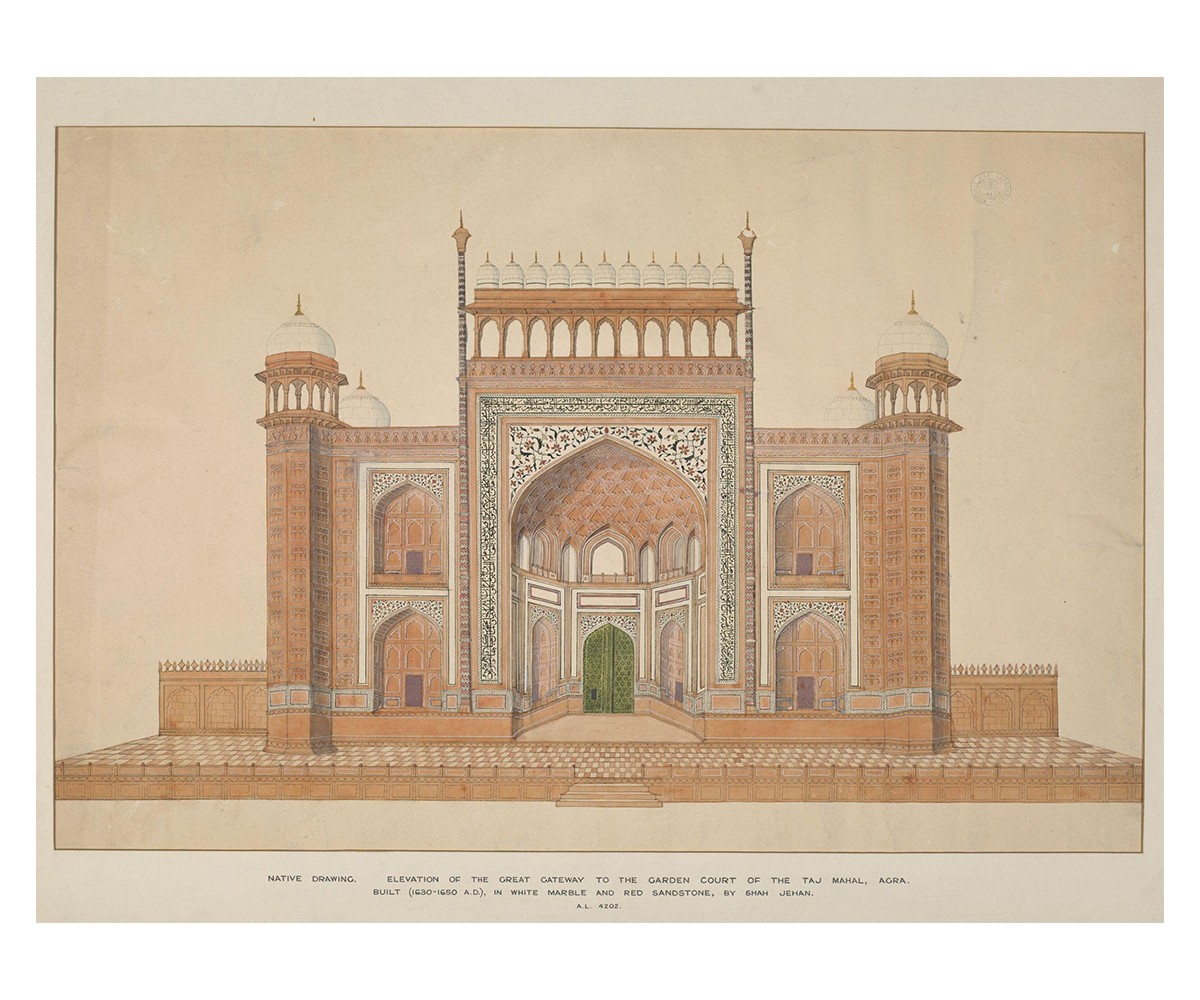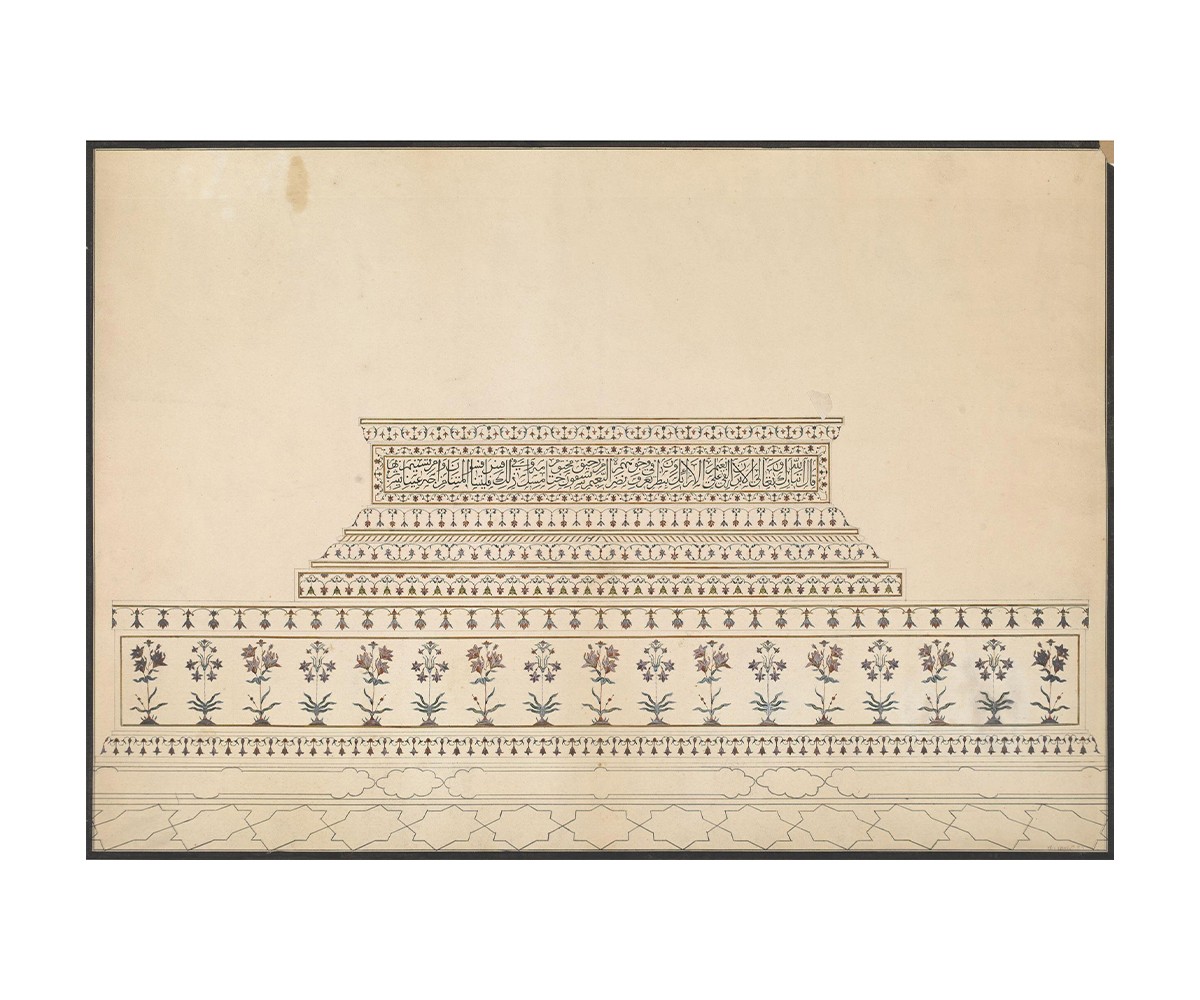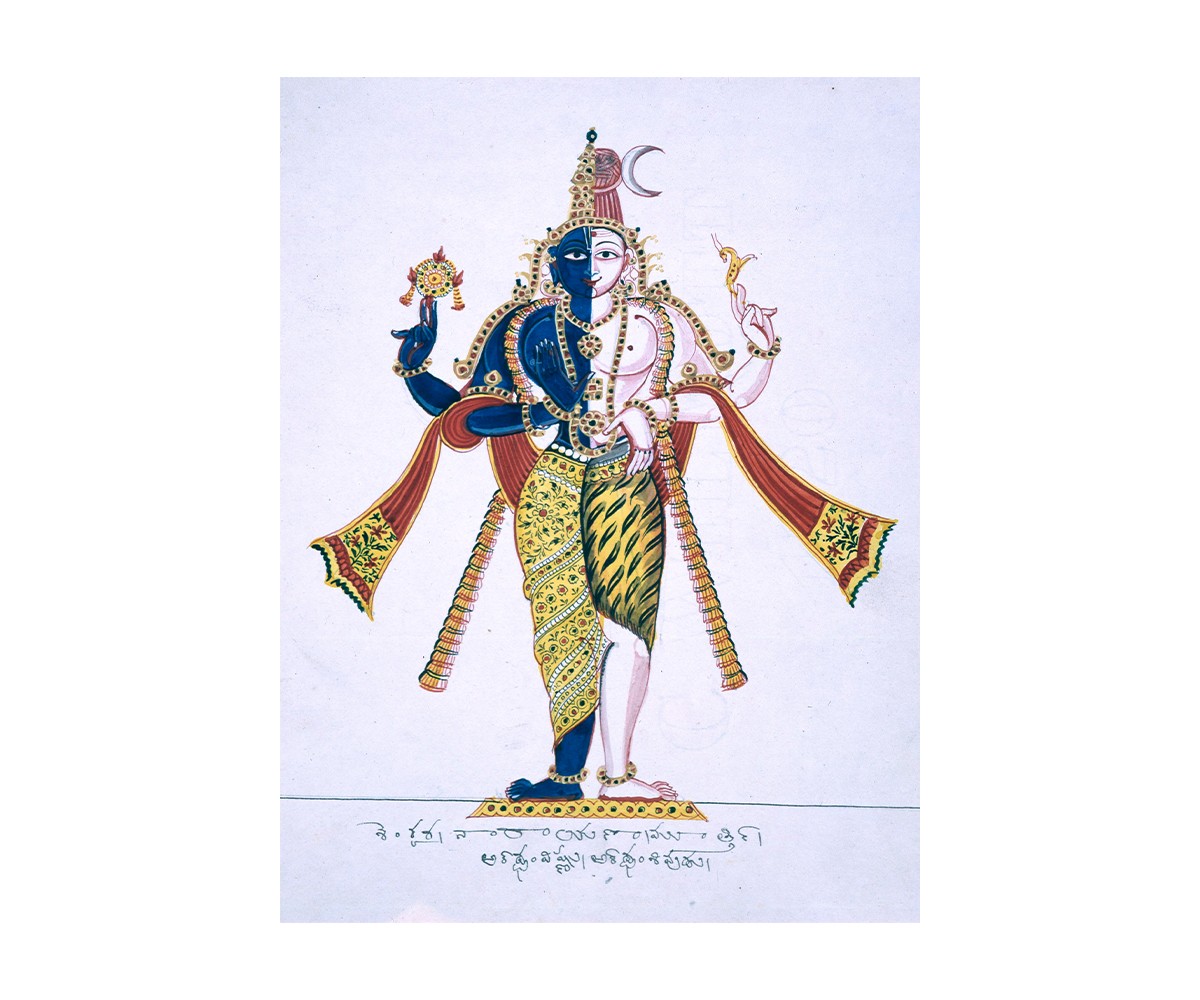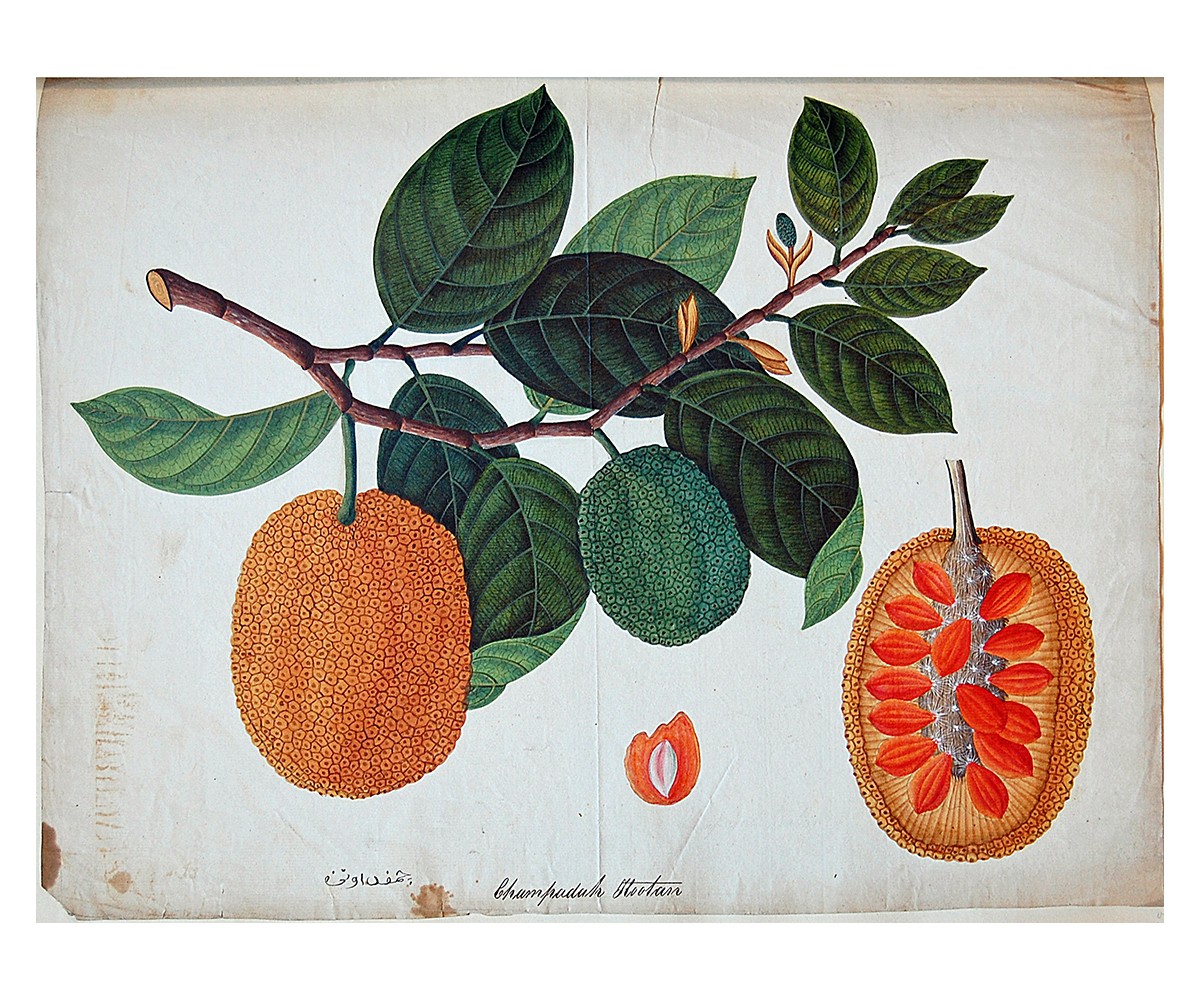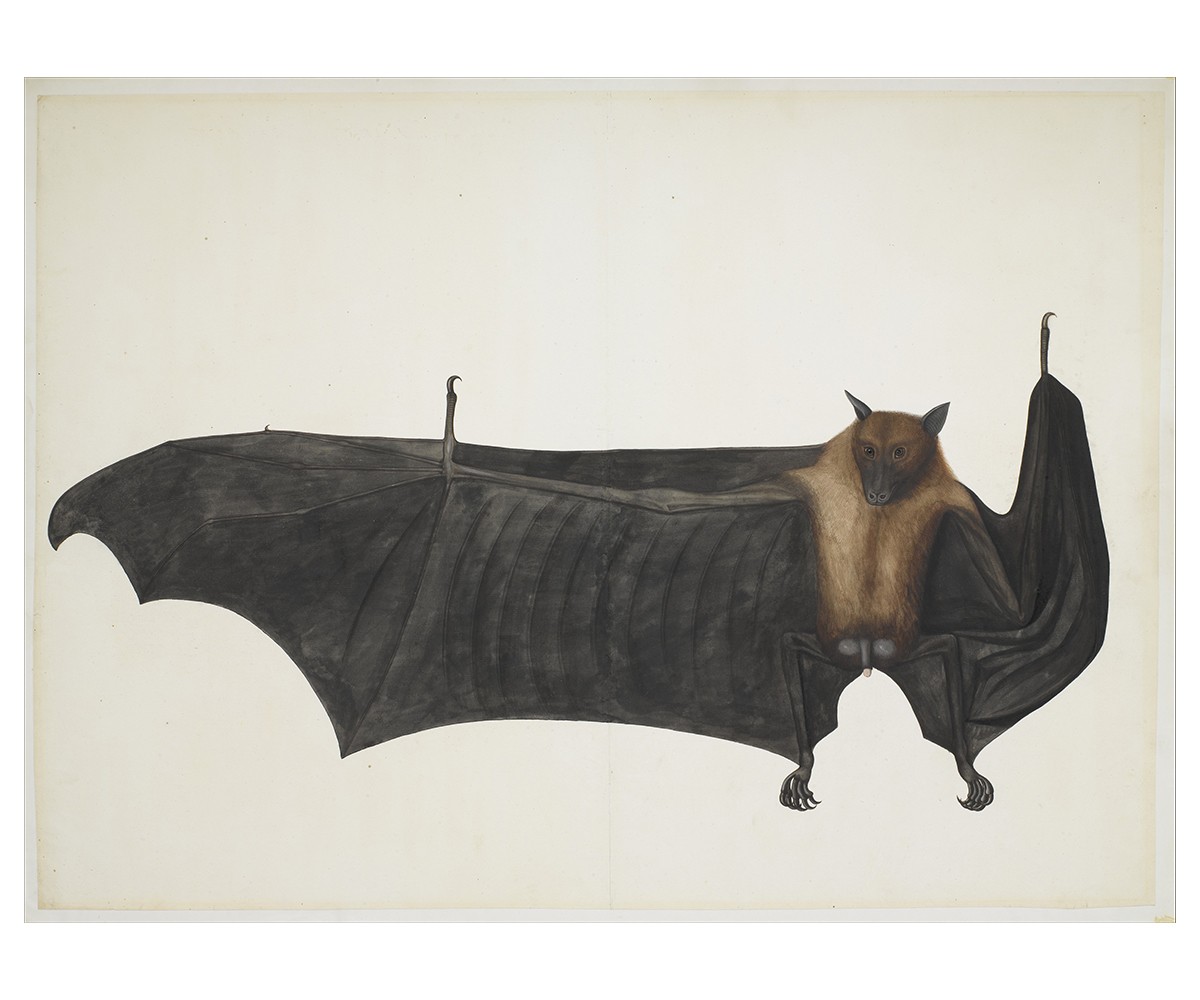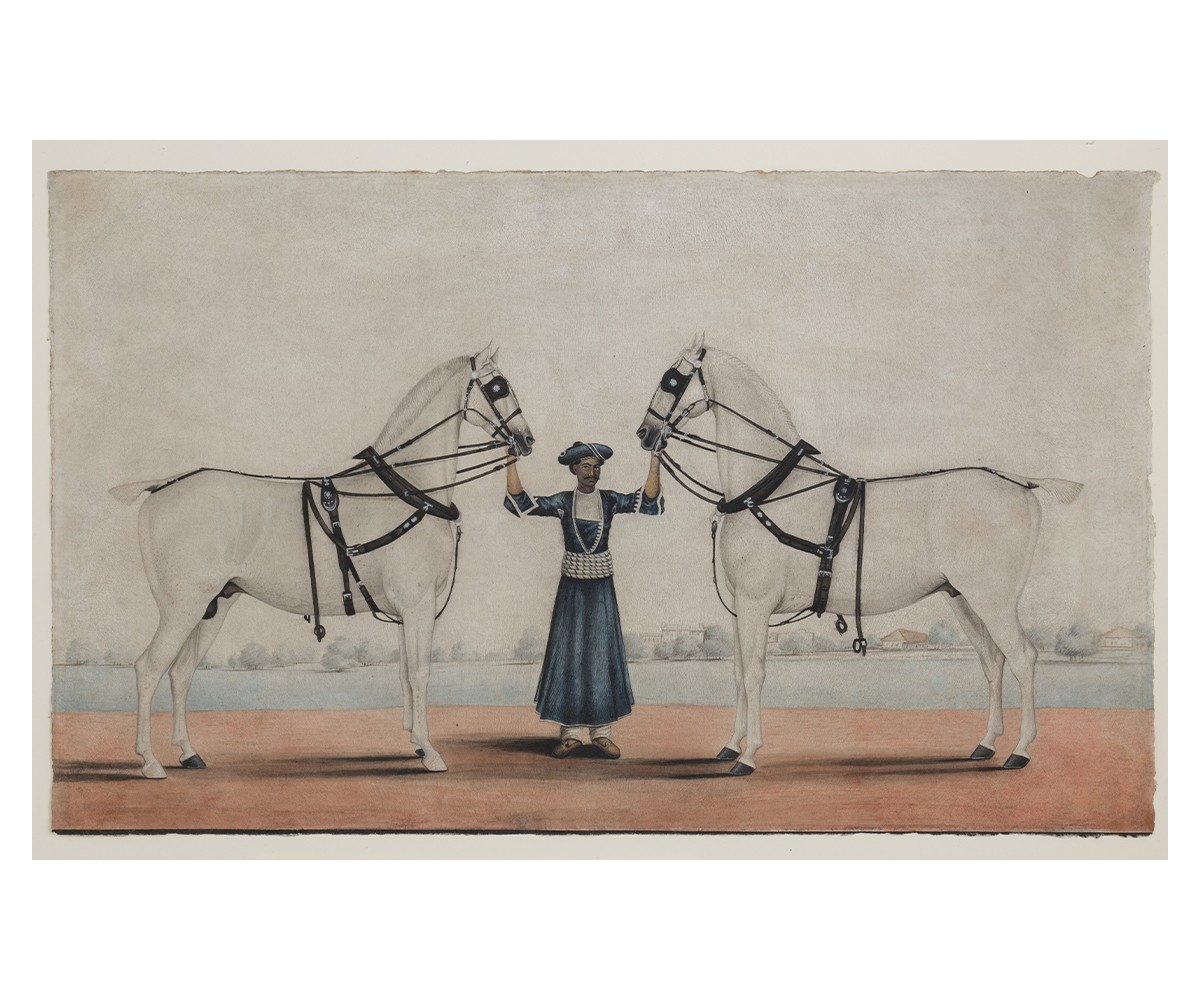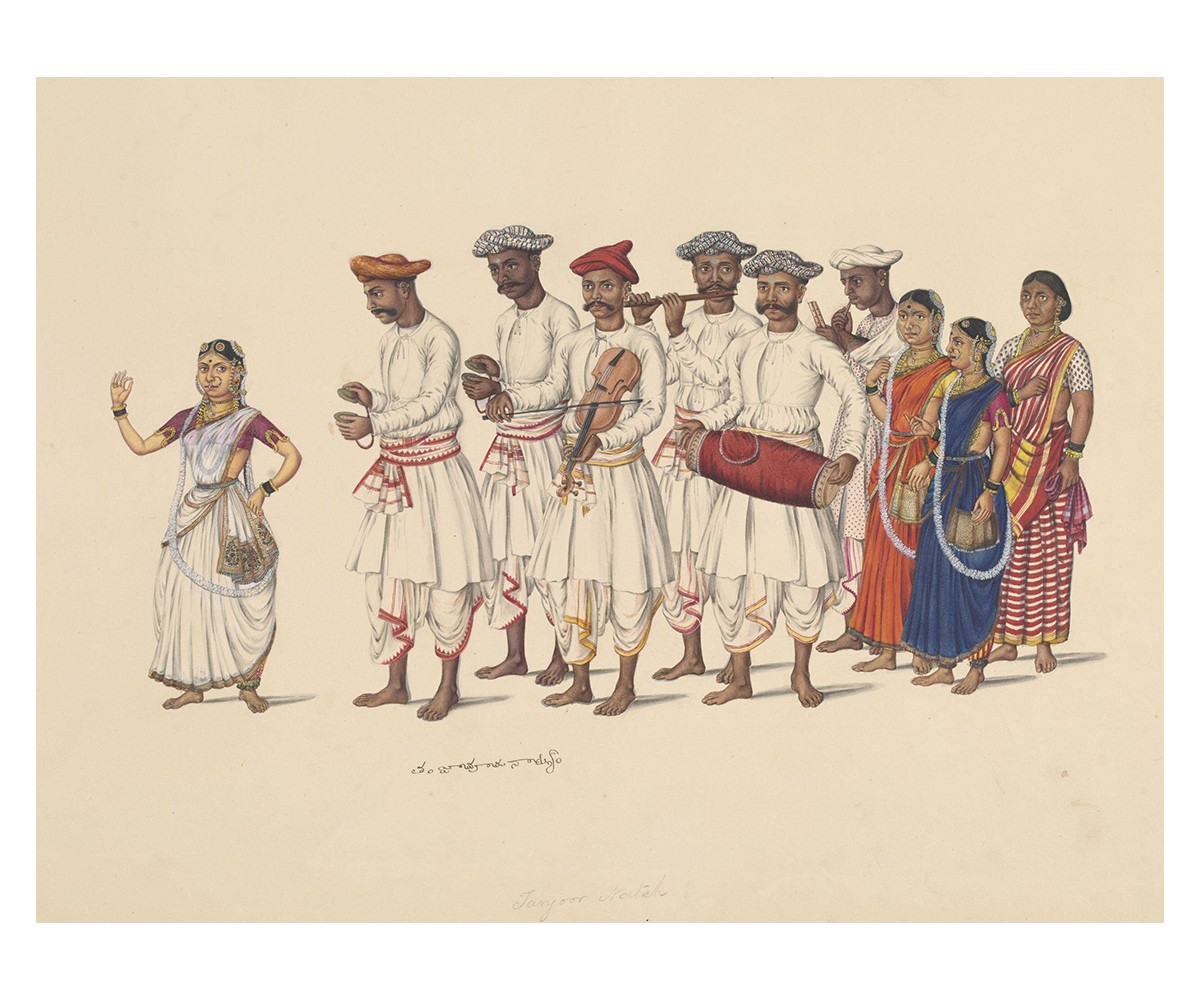Company Painting Emerges as a Form of Colonial Documentation
1700–1850
With the British East India Company expanding its presence in the Indian subcontinent, its officers and civilians begin commissioning Indian artists to record images of people, places, plants and animals that they encounter in India. In the late-eighteenth century, the commissions reflect the practice of collecting natural history specimens by private individuals. The period also marks the foundation of the Company’s botanical gardens and menagerie in Bengal, and paintings become a way not just of documenting the collections but are also useful in transmitting knowledge, given that they are portable and less fragile than natural history specimens.
The genre of scientific documentation in Company painting is also relevant from the perspective of the museum in India, which has its foundations in this period, with natural history being a key subject of collection and documentation. Company paintings in the eighteenth century also reflect the cultural atmosphere of Europe, particularly that of the Enlightenment movement, which revolutionises scientific disciplines.
Bibliography
Archer, Mildred. Company Paintings: Indian Paintings of the British Period. Victoria and Albert Museum: London, 1992.
Mitter, Partha. Indian Art. Oxford: Oxford University Press, 2001.
Sardar, Marika. “Company Painting in Nineteenth-Century India.” In Heilbrunn Timeline of Art History. New York: The Metropolitan Museum of Art, 2004. https://www.metmuseum.org/toah/hd/cpin/hd_cpin.htm.
Feedback 
This entry appears in
Art in South Asia
Visit Timeline
Associated Timeline Events
First Published: March 11, 2024
Last Updated: August 17, 2024



